Must See Cities in Italy How to Choose the Best Ones
Last updated on May 22nd, 2025 at 06:40 pm
Last March, I was hunched over my laptop at 2 AM, probably on my fifteenth cup of coffee, trying to plan my Italy trip. My browser had about thirty tabs open – Rome forums, Florence restaurant reviews, Venice hotel prices that made my wallet cry. My boyfriend walked into the kitchen, took one look at me, and said, “You know you’re supposed to enjoy vacation planning, right?”
He wasn’t wrong. I’d turned choosing must see cities in Italy into some kind of mathematical equation. Population density plus historical significance divided by Instagram-worthiness equals… what exactly? A nervous breakdown?
That’s when my Italian friend Marco called. After listening to me ramble about train schedules and museum opening hours for twenty minutes, he laughed and said something that changed everything: “Anna, you’re thinking like a tourist, not like someone who wants to live Italy.”
Turns out, he was absolutely right.
Table of Contents
Must See Cities in Italy Stop Planning Like a Travel Brochure
Every Italy guide you’ll find online reads like it was written by someone who’s never actually been there. They’ll tell you to see twelve cities in eight days, eat at restaurants that charge 40 euros for pasta, and follow walking tours with groups of fifty people wearing matching hats.
Here’s what actually happened when I followed that advice on my first trip in 2019: I spent more time in train stations than piazzas. I ate overpriced tourist food while locals enjoyed amazing meals at places I never found. And I came home exhausted instead of refreshed.
The real Italy isn’t hiding in those glossy guidebooks. It’s in the cities where you can actually breathe, where you bump into the same shopkeeper three times and he starts remembering your order.
Rome Isn’t Going Anywhere (So Relax)
Everyone acts like if you don’t see the Colosseum, your Italy trip was somehow incomplete. Look, Rome is incredible – I’ve been there four times now, and it still gives me goosebumps. But this pressure to hit every single famous sight is ridiculous.
My best Roman day? I ditched my carefully planned itinerary and spent six hours wandering Trastevere. Had lunch at this tiny place where the menu was handwritten in Italian only. The owner’s mom made my pasta, and it was better than anything I’d eaten at the “must-visit” restaurants.
Rome works best when you give yourself room to get lost. Book the big sights if you want, but leave huge chunks of time unplanned. That’s when the magic happens.
Florence feels like a movie set – everything’s so perfectly Renaissance beautiful that it almost doesn’t seem real. Naturally, the David is worth viewing, but don’t overlook the little details. Best gelato I’ve ever had was from this random place near Santa Croce that wasn’t in any guidebook.
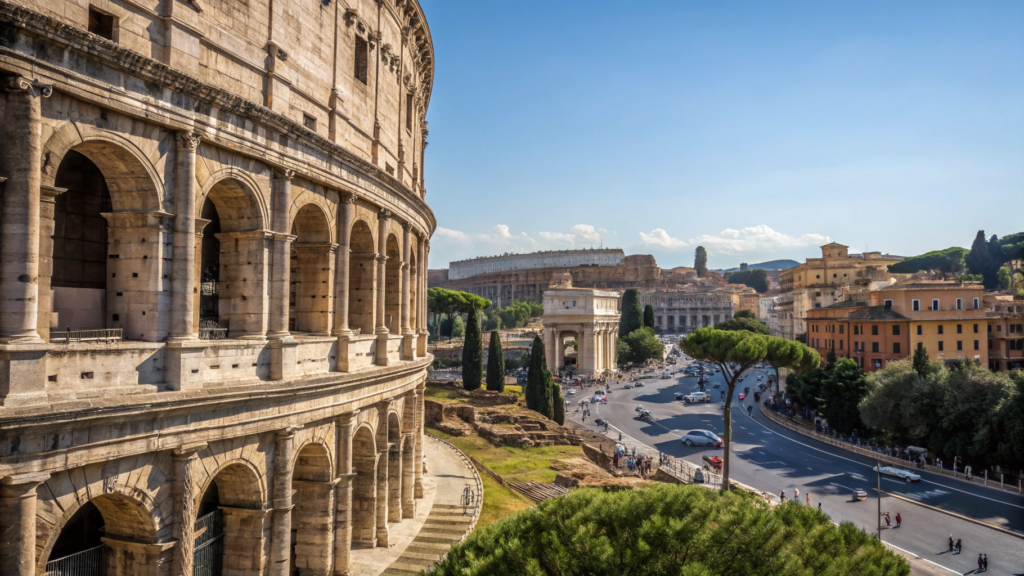

Pro tip nobody tells you: Florence is tiny. You can walk across the historic center in maybe twenty minutes. Don’t over-schedule here.
The South Will Surprise You
Northern Italy gets all the attention, which is exactly why you should head south. I spent two weeks in Puglia last summer and barely saw another American tourist.
Lecce blew my mind. Everyone there is really pleasant, the food is inexpensive, and the building resembles wedding cake embellishments. I rented this little apartment for 35 euros a night – in Florence, that wouldn’t even buy you a decent dinner.
Naples gets such a bad reputation, and honestly, I don’t get it. Yes, it’s chaotic. Yes, the traffic is insane. But the energy is infectious, the pizza is life-changing, and it’s real in a way that touristy cities just aren’t. Plus, you’re an hour from Pompeii, which will mess with your head in the best possible way.
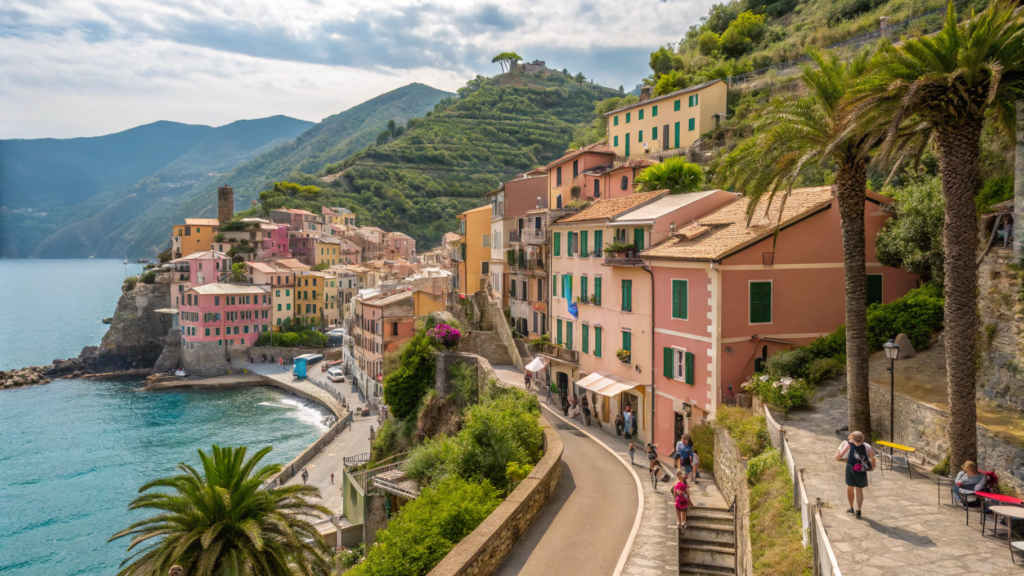

Sicily feels like another country. I mean, technically it is an island, but culturally it’s so different from mainland Italy. The colors, sounds, and scents of Palermo’s street markets are all sensory overload in the greatest way. The seafood, too… The very thought of it is making me hungry.
Reality Check About Southern Italy:
- Everything costs way less
- Fewer people speak English (download Google Translate)
- Transportation takes longer
- Food is incredible everywhere
- You’ll feel like you discovered something special
Match Your Vibe, Not Instagram’s
This is where most people screw up. They pick cities based on what looks good in photos instead of what actually matches their personality.
I’m not a museum person. There, I said it. After about two hours in any art gallery, my brain turns to mush. But I love food, random conversations with strangers, and getting lost in neighborhoods that feel alive. So my Italy trips focus on cities with great street life and food scenes, not endless Renaissance paintings.
If you’re a history obsessive: Rome and Naples are obvious choices. But consider Ravenna for those incredible Byzantine mosaics, or Syracuse in Sicily for Greek ruins that rival anything in Greece.
If you live for good food: Bologna is the real deal – it’s where Bolognese sauce actually comes from, and every meal feels like a religious experience. Naples for pizza that’ll ruin you for anywhere else. And honestly, anywhere in Sicily for seafood.
Venice is cliched for a reason if you’re looking for a romantic atmosphere.It works. But it’s expensive and crowded. Verona has the Romeo and Juliet thing without quite as many tour groups. Lake Como towns like Bellagio are gorgeous if you can swing the prices.
If money’s tight: Skip the famous stuff and head to places like Bari, Catania, or smaller Tuscan towns like Lucca. You’ll get authentic experiences for half the price.
Transportation Isn’t Always Pretty
Italy’s high-speed trains between major cities are fantastic. Rome to Florence in 90 minutes? Yes please. But getting to smaller places can be… an adventure.
Last year, I wanted to visit this tiny hill town in Tuscany that looked amazing in photos. What should’ve been a two-hour trip from Florence turned into five hours involving three different buses, a train that was two hours late, and a taxi driver who didn’t speak any English.
Was it worth it? Absolutely. But just know what you’re getting into.
Easy routes: Rome-Florence-Venice-Milan corridor Moderate: Major cities to regional capitals
Challenging: Anywhere requiring multiple connections or buses
When to Go (And When to Stay Home)
I’ve been to Italy in every season now, and timing makes a huge difference.
Spring is perfect everywhere. April and May have gorgeous weather, manageable crowds, and everything’s blooming. This is when I plan most trips now.
Summer in the south nearly killed me. I’m talking 100-degree heat with humidity that makes you want to live in air conditioning. Northern cities are much better in summer.
Fall might be my favorite time. September and October still have great weather, but the summer crowds are gone. Plus there’s something magical about autumn light bouncing off old Italian stones.
Winter works great for art-focused trips. Museums are less crowded, hotel prices drop, and you can actually enjoy the Sistine Chapel without someone breathing down your neck.
My Epic Planning Disaster
Want to hear about the trip that taught me everything? In 2021, I planned what I thought was the ultimate Italian adventure: Rome, Florence, Venice, the Amalfi Coast, Cinque Terre, and Sicily. Fourteen days, seven cities.
By day eight, I was exhausted. By day twelve, I was cranky and homesick. I spent more time packing suitcases than exploring. Standing in my seventh beautiful piazza, I realized I couldn’t even remember which city I was in.
The lesson? Three cities max for two weeks. Four if they’re really close together. Your brain needs time to process all the beauty and history and amazing food. Otherwise, it all just blurs together.
Building Your Italy List (The Right Way)
Forget those “ultimate Italy itinerary” articles. Here’s how to actually plan a trip you’ll remember fondly:
Start with your interests. What gets you excited about Italy? Food? Art? History? Beautiful scenery? Be honest about what you actually enjoy, not what you think you should enjoy.
Count your days realistically. Travel days don’t count. Neither do jet lag days. If you have ten days total, you probably have seven good sightseeing days.
Pick one major city you’ve always wanted to see. Rome, Florence, Venice – whatever calls to you. This is your anchor.
Add one or two smaller places that match your interests. Food lovers might add Bologna. Beach people might choose Amalfi Coast towns. History buffs might pick Naples.
Map it out geographically. If your cities require more than three hours of travel between them, rethink your choices.
Leave gaps in your schedule. Seriously. Some of my best Italy memories happened during unplanned afternoons.
Just Pick Something and Go
After five trips to Italy, here’s my biggest insight: there’s no perfect itinerary. Every must see city in Italy has something incredible to offer. The magic isn’t in choosing the “right” cities – it’s in being open to whatever experiences they give you.
My friend Sarah spent her entire Italy trip in Rome and loved every second. My cousin Jake did a food tour of small towns in Emilia-Romagna and still talks about it two years later. My parents did the classic Rome-Florence-Venice route and had the time of their lives.
The worst Italy trip is the one you never take because you’re too busy planning the perfect one.
So stop overthinking it. Pick a few places that sound interesting, book your ticket, and start learning how to say “Where’s the bathroom?” in Italian. Italy is incredibly forgiving to travelers, and you’re going to have an amazing time no matter which cities you choose.
What’s your Italy dream shaping up to be? I’d love to hear which cities are pulling at your heartstrings – drop a comment and let’s chat about your Italian adventure!

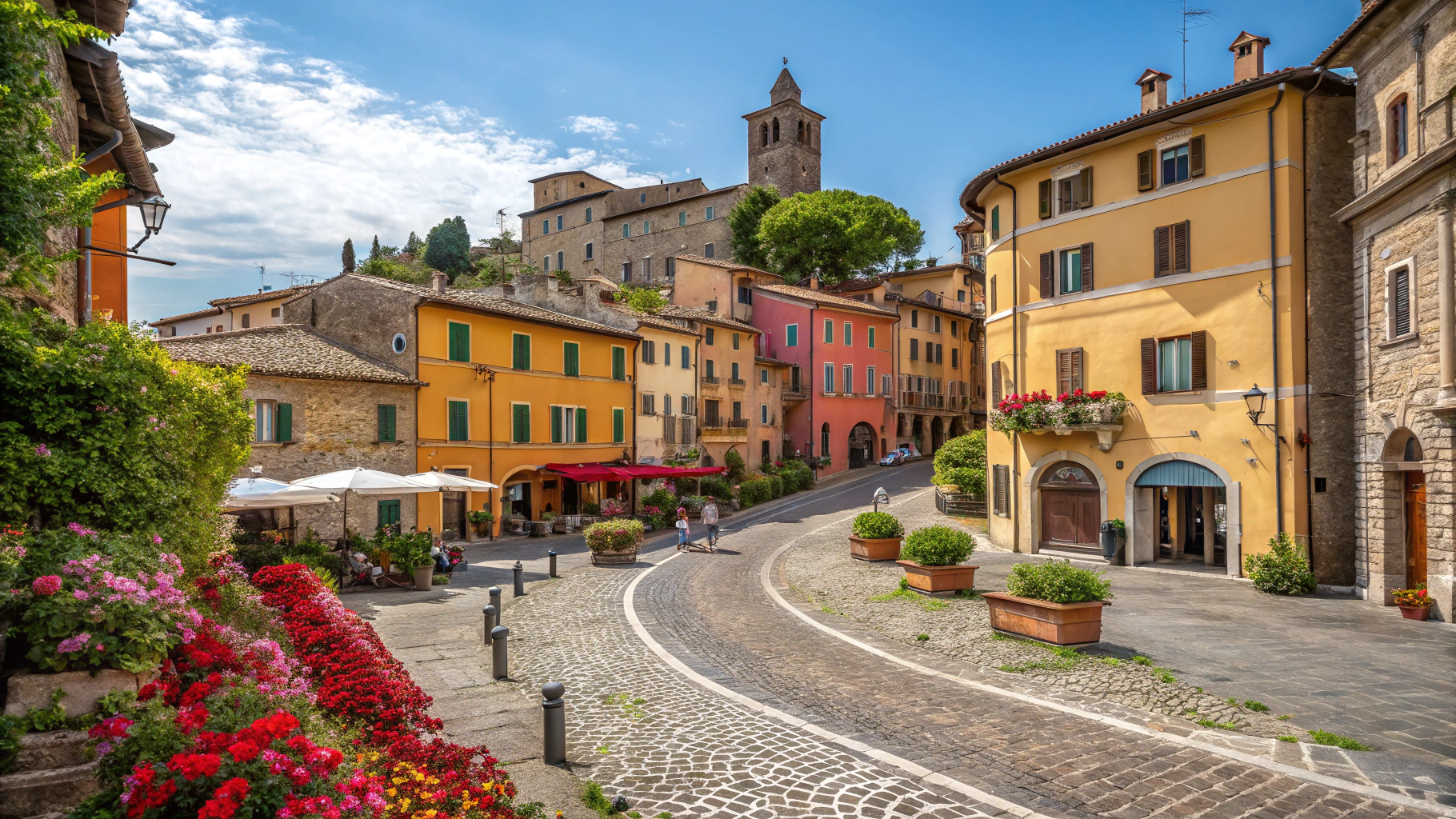
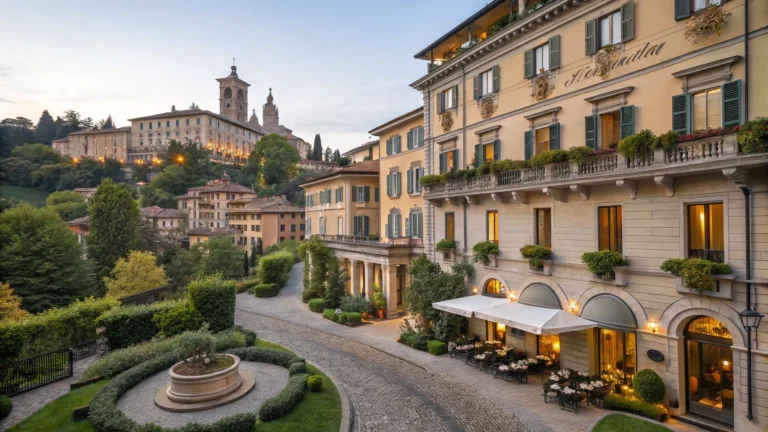
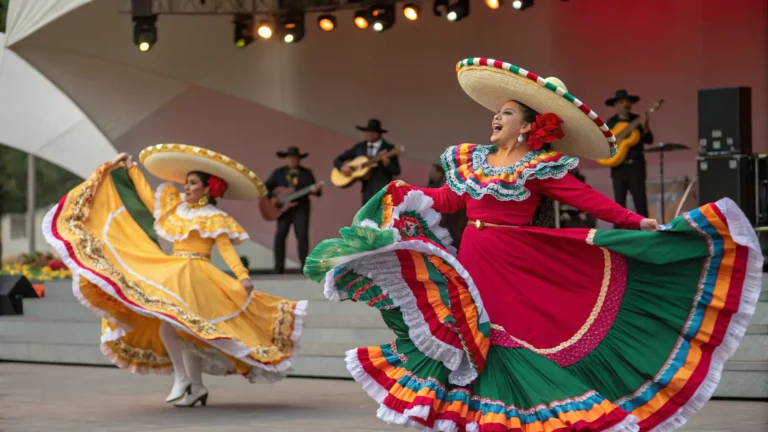


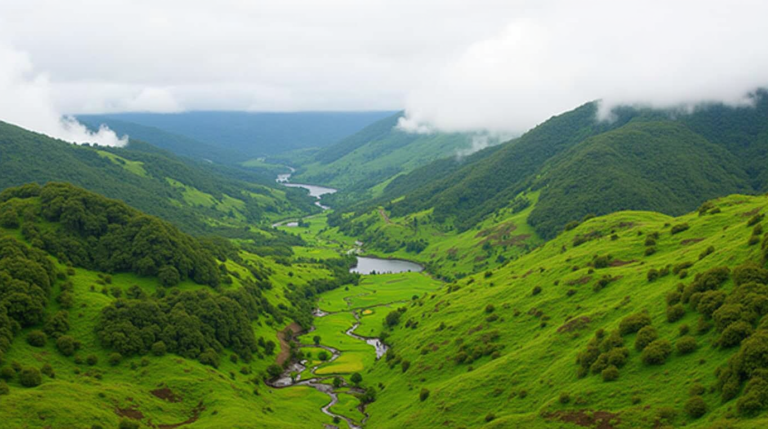
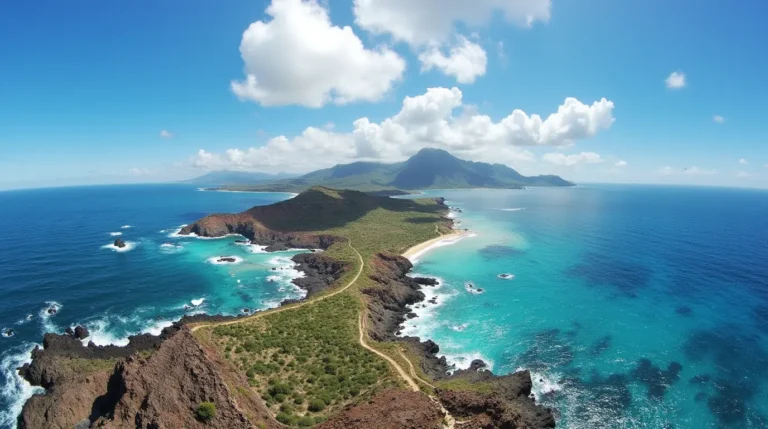
6 Comments